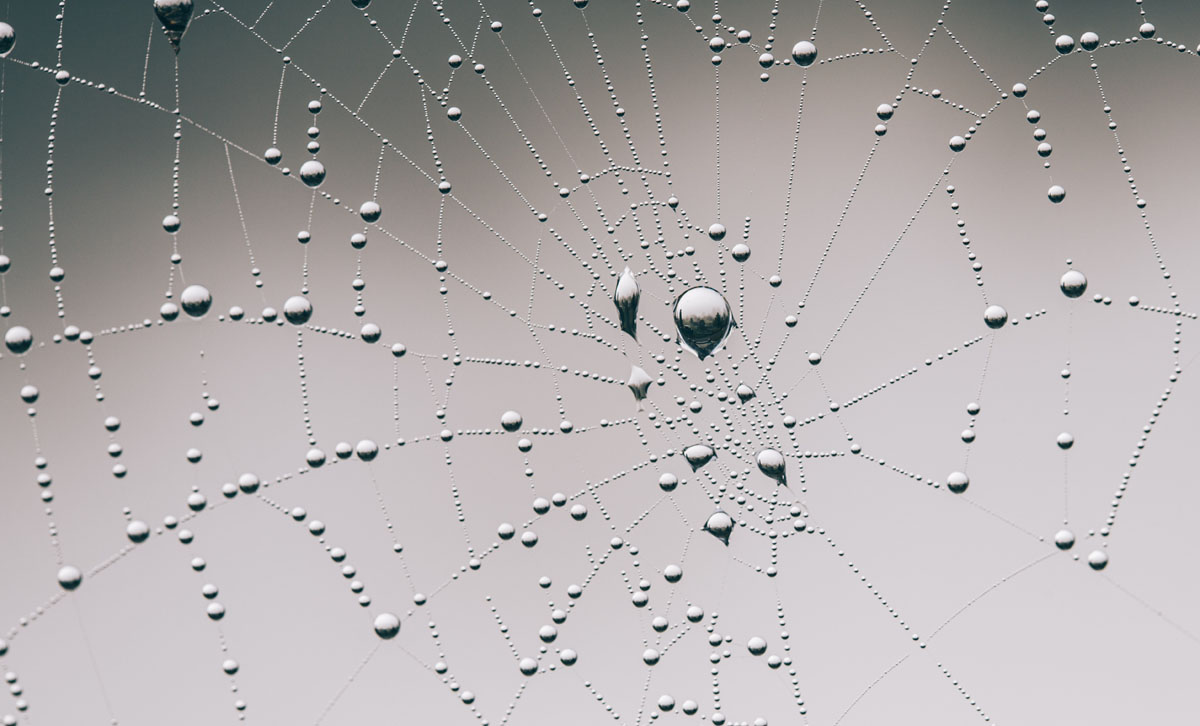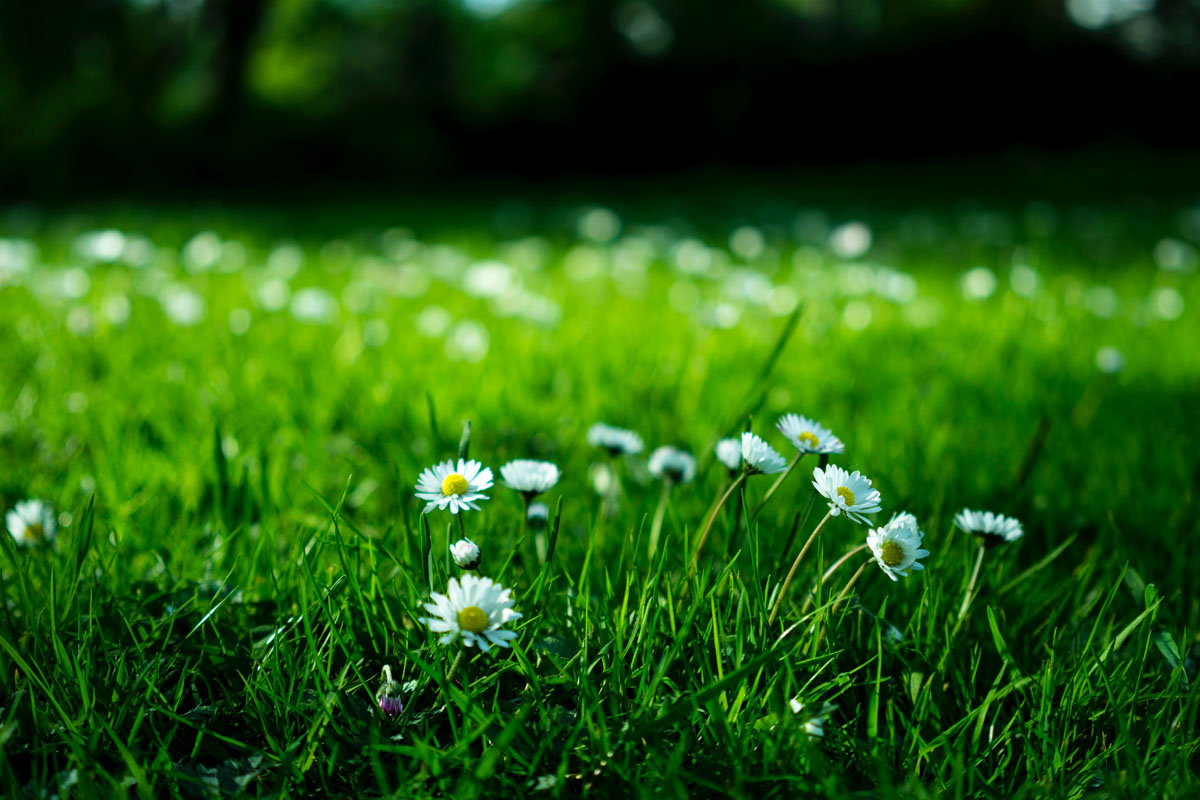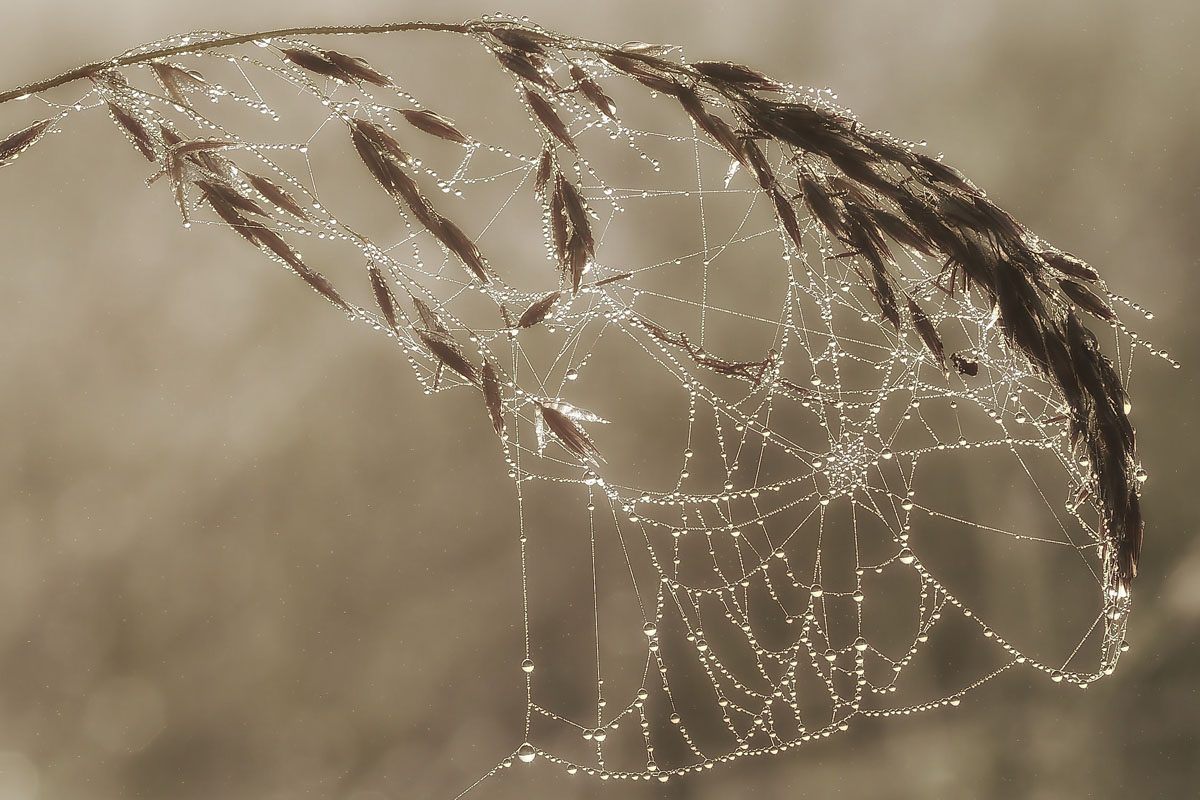Short description of the topic
Under the mentor’s guidance, the children go outside in search of interesting nature motives. We suggest taking a trip to the forest, park, meadow, etc. The children may already be well acquainted with this particular environment. The purpose of the activity, however, is to discover new and inspiring insights into what we all too often take for granted. The smallest of things we find in nature may surprise us with its simplistic beauty: drops of dew on leaves, cobwebs on tree branches, and insects on their way. The children are encouraged to approach the activity with this mindset.
Learning outcomes
-
Competencies
- Visual competence: improving observational skills, eye for detail
- Media competence: spontaneous use of appropriate photographic angles
-
Target group
4 years and up- In groups
-
Required materials
- Camera
- Computer
- Printer
-
Materials
- As a means of preparation, we provide kindergarten children with pictorial material from plant and animal life. We try to show scenes and settings already familiar to children to inspire them more easily.

Download
(.pdf 915.16 KB)
Description of the activity (step by step)
Preparation:
Together with the participants, take a look at the provided picture books or printed photographs. The scenes should be familiar to familiarize the children with what they are about to encounter on their picture-hunt outside.
Implementation:
On your walk, motivate and encourage children unobtrusively to observe and choose motives spontaneously. Children are autonomous in their work and unburdened by the number of shots. However, make sure (in a discreet way) that the chosen space is used to its full photographic potential. When you judge that the participants have exhausted all the interesting motives, proceed to the next location. Once the creative process has been completed, record the authorship of the photos, save them on the computer in the appropriate files, and then create a selection to be reviewed and commented.
Reflection:
Take a look at the selection of the photographs together with the children and discuss all the different things they have found. Motivate children to relive their experiences with the creative process and discuss the ways to show respect for nature.
Variations and additional ideas
Suggest to the participants that next time they bring along some photographs of their own backyard, balcony, window panel, etc. The subject should be living nature but may also include pets. Organize an exhibition about the living world of the kindergarten. Ask children to divide photographs into different groups, e.g. plants and animals, according to color, big and small, or think together of other criteria.
Background information and didactical perspective
We aim to expand the child’s view of the living space outside the home. We should encourage children not to take nature for granted but instead, see it as an endless source of inspiration. By doing so, we strengthen the child’s respect and wonder at the uniqueness of nature, our silent companion.
Experience from kindergartens:
The children enjoyed the snow on the playground. With the camera on offer, most of them first tried to photograph with gloves, but quickly realized it wouldn’t work. One boy commented on the photoshoot without gloves: "I can't take pictures anymore because my hands are already frozen." The children most often photographed the following motifs: snow in different parts of the playground, footprints in the snow, trees, ice, peers, a snowman, holes in the ground, branches on a tree, a fence…


















